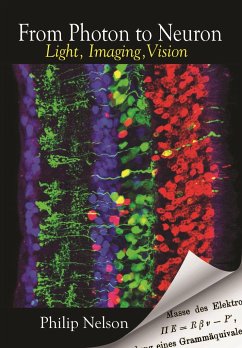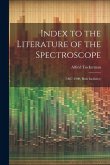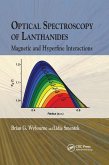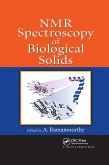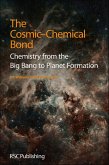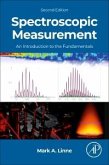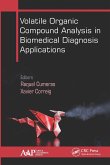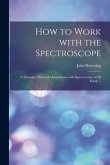"Intriguing, useful, and interdisciplinary. Nelson's excellent book provides students with a comprehensive introduction to the interaction between light and biosystems."--Zhong-Can Ou-Yang, Institute of Theoretical Physics, Chinese Academy of Sciences "The science of light and vision transcends the artificial boundaries between physics, chemistry, and biology. Isaac Newton appreciated this. Phil Nelson does, too. Nelson masterfully blends the natural sciences to explore how we perceive and control light."--Adam Cohen, Harvard University "This unusual book covers a huge variety of topics on light and vision, from fundamental physics to human visual psychophysics to some of the latest optical-microscopy techniques. Students and researchers alike in the physical and life sciences will find the book fascinating."--King-Wai Yau, Johns Hopkins University School of Medicine "Nelson has taken a subject usually treated in depth only at the graduate level and developed an understandable and coherent treatment appropriate for undergraduates. He provides a unified framework with which to discuss the disparate ways biological systems interact with light and the variety of ways researchers use light as a biological probe. There is no serious competitor for this book."--Alex J. Levine, University of California, Los Angeles "Engaging and unique. This is an excellent and well-developed textbook on the physics of light as it is processed by biological organisms and on how light can be used to interrogate biological material. From Photon to Neuron is poised to become a standard text for both physicists and biologists." --Stephanie Palmer, University of Chicago
Hinweis: Dieser Artikel kann nur an eine deutsche Lieferadresse ausgeliefert werden.
Hinweis: Dieser Artikel kann nur an eine deutsche Lieferadresse ausgeliefert werden.

